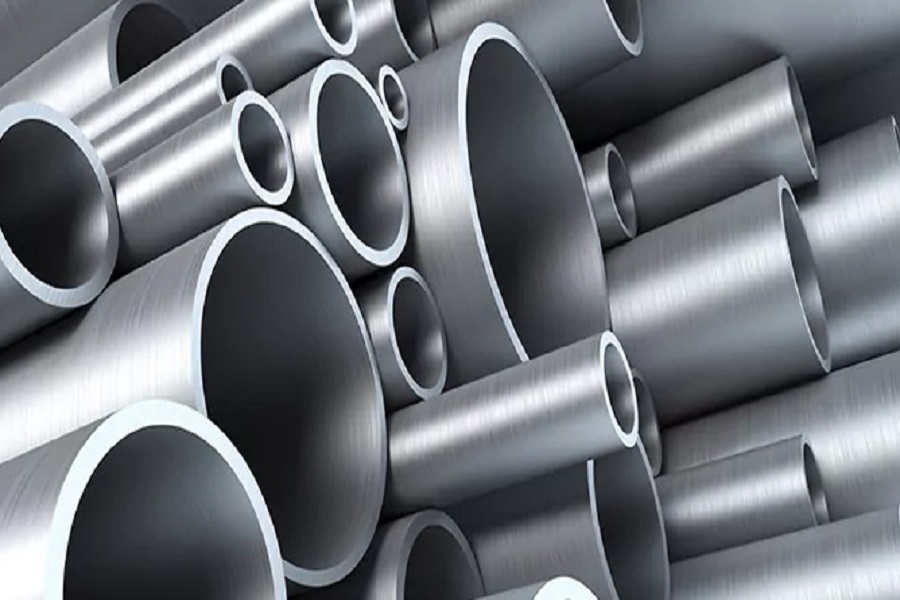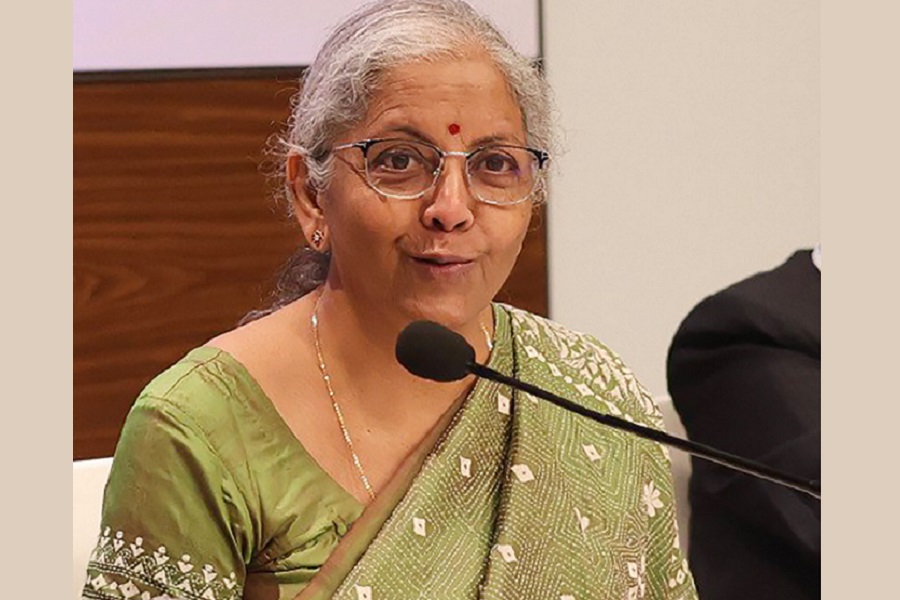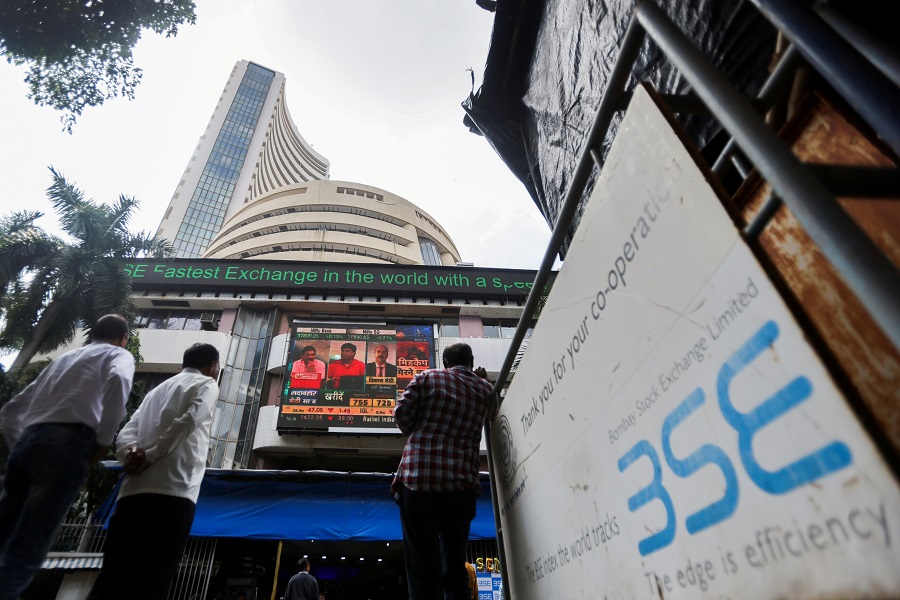Consumer Good Sector Update: Commodity costs start to move southwards By Motilal Oswal Financial Services

Commodity costs start to move southwards…
We analyze the price movements of key commodities and identified companies from our Coverage Universe that can benefit or be impaired by movements in commodity prices.
…but still remain at elevated levels
* Crude oil prices have started to cool off from its recent highs after the start of Russia-Ukraine conflict. However, it historically remains at elevated levels. With a fall in crude oil prices, even crude-based derivatives have started to follow suit. The whole commodity basket fell 6.1% sequentially in 2QFY23 till date.
* Companies raised prices multiple times in the past few quarters to combat the commodity inflation, which affected demand, especially in Discretionary categories. We expect gross margin to remain under pressure in the near term as companies are sitting on inventories purchased at higher costs, which will get consumed in the near term. Margin should start improving from 2HFY23, due to the dual effect of falling input cost and various price hikes taken by companies. If input prices correct further, companies may pass on the benefit to consumers immediately to improve the demand scenario.
* Crude oil prices soften for the first time in multiple quarters: Crude oil prices remained at elevated levels. For the first time in the last nine quarters, crude oil prices fell sequentially (down 9.5% QoQ in 2QFY23 till date). Even on a MoM basis, it has moderated by 9.5%. Crude oil prices are currently hovering ~USD88/bbl, a 34% dip from the recent high of USD134/bbl in Mar’22.
* Palm oil prices corrected sharply: The recent movement in palm oil, a key raw material for nearly all Staples companies, especially Soap manufacturers and to a lesser extent Food players, is encouraging. Palm oil prices fell 36.6% QoQ and 7.8% YoY in 2QFY23 till date, but increased marginally (up 2.6% MoM) in Aug’22. Palm oil prices are back to Jan’21 levels (currently trading at MYR3,887/MT), a 9.9% decline from its average price in 2QFY23 till date. Prices of Palm Fatty Acid Distillate (PFAD) followed a similar trend, down 10.1% MoM, 44.3% QoQ, and 25.2% YoY in 2QFY23 till date.
* The downward momentum in crude/crude based derivatives and palm oil prices augurs well for Paint companies, PIDI, GCPL, and HUVR.
* SMP prices fell 11.2% QoQ, but rose 19% YoY. Barley prices were flat QoQ, but rose 49.8% YoY. Tea and maize prices trend higher. Tea/maize prices rose 12.5%/10% QoQ and 8.3%/48.2% YoY. Wheat prices have increased 8.1% QoQ and 22.7% YoY, while sugar prices remained flat QoQ, but rose 3.5% YoY.
* The non-Agri commodities basket witnessed some moderation: Vinyl acetate monomer (VAM) prices have started to correct from its recent highs, in line with crude oil prices. It fell 24.6% QoQ and 6.6% YoY. Titanium dioxide (TiO2) prices witnessed a slight moderation sequentially (down 7.9%), but rose 25.1% YoY. Liquid Paraffin prices (until Jul’22) rose 8.8% QoQ and 55.7% YoY. Domestic gold prices were flat on a sequential basis, but grew 8.4% YoY.
* The entire commodity cost basket, on an average, moved downwards sequentially (down 6.1% QoQ, but rose 13.5% YoY). Both the Agri and non-Agri basket saw a sequential moderation. The Agri basket fell 2.6% QoQ (but rose 13.3% YoY) led by lower palm oil, mentha, and SMP prices. The non-Agri basket declined by 8.1% QoQ (but rose 27.5% YoY) on lower crude oil and crude-based derivative prices.
* A note of caution - while the rainfall has been above average in India, it is below average in the northern belt, which is the key contributor of FMCG demand. Even rural demand is not showing any signs of a pick-up. Being cognizant of this situation, along with a moderation in commodity prices, companies may look to sharply roll back the price hikes and launch various schemes to revive demand. This poses a risk to our 2HFY23 earnings estimate, which were built in factoring in a decrease in commodity costs (which is panning out as per our expectations) and a revival in demand (which remains uncertain). We reiterate ITC as our top pick, given its better earnings visibility over the next one-year.
Impact on our top picks
? GCPL: Palm oil prices have corrected sharply in the past few months, which augurs well for GCPL. This will result in a margin recovery in 2HFY23. However, margin is likely to stay under pressure in 2Q, owing to the purchase of high-cost inventory, which will largely be consumed in 2Q, with some spillover in 3QFY23.
? DABUR: Its commodity basket has been relatively less affected as compared to other players. Increasing LLP costs may affect gross margin in the near term. However, with the recent price hikes, its adverse effects should abate.
? MRCO: Input costs continued to ease in 2QFY23 (data available up to Jul’22). Copra prices fell 4.3% QoQ and 16.7% YoY, underpinned by a good harvest. HDPE also saw a sequential deflation of 6.6%. It will be able to maintain its margin due to continuous deflation in input prices.
? HUVR: Palm oil is the key input for HUVR as ~70% of sales accrue from Personal Care and Home Care segments. A sharp correction in palm oil prices (Malaysian palm oil/PFAD fell 36.3%/43.9% QoQ) will positively influence HUVR’s margin. As inventory cost remains high there may be a near-term weakness in margin. Tea leaf prices too increased by 12.5% QoQ and 8.3% YoY. Packaging costs should also see some relief as HDPE is down 6.6% sequentially.
? BRIT’s RM portfolio witnessed mixed price trends. Wheat prices rose 8% QoQ and 22.5% YoY, while sugar prices broadly remained flat. SMP prices fell by 11.1% QoQ. The management has initiated various prices hikes and grammage reductions, the full effect of which may be seen from 2HFY23. Near-term margin should remain under pressure due to consumption of high-cost inventory. We recently downgraded BRIT to Neutral after its 1QFY23 earnings
Other materially impacted companies: APNT, PIDI, NEST, HMN, and UBBL
* APNT and PIDI: VAM (a key raw material for PIDI) prices have corrected 24.6% QoQ and 6.6% YoY in 2QFY23 till date. TiO2 (a key raw material for APNT) prices fell 7.5% QoQ, but rose 25.7% YoY. Crude oil prices have moderated over the past few months, with crude-based derivatives seeing a similar trend. This augurs well for both APNT and PIDI.
* NEST: SMP and wheat are key raw materials for NEST. While SMP prices fell 11.1% QoQ, wheat prices rose 8%. On a YoY basis, SMP/wheat prices rose 19.1%/22.5%. As costsremain elevated, margin will be under pressure in the near term.
* HMN: Mentha oil is the key RM for HMN. While it has moderated 6.5% QoQ, it is still up 5.7% YoY. Gross margin is expected to remain under pressure in the near term as costs are still at elevated levels.
* UBBL: The two key RMs for UBBL are barley and glass bottles (packaging costs). Barley costs remained flat sequentially, while the cost of glass bottles continued its northward journey. Barley costs have skyrocketed (up 49.9%) on a yearly basis, even as glass costs rose 13.1%. UNSP will also be affected by double-digit YoY inflation in glass bottle costs.
To Read Complete Report & Disclaimer Click Here
For More Motilal Oswal Securities Ltd Disclaimer http://www.motilaloswal.com/MOSLdisclaimer/disclaimer.html SEBI Registration number is INH000000412
Above views are of the author and not of the website kindly read disclaimer


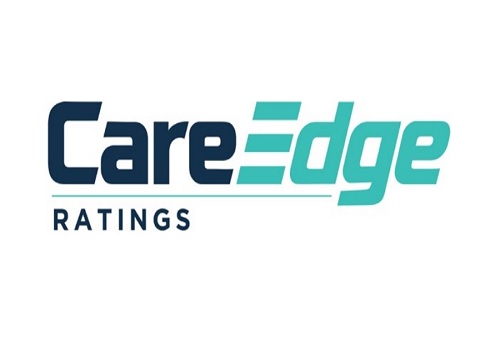
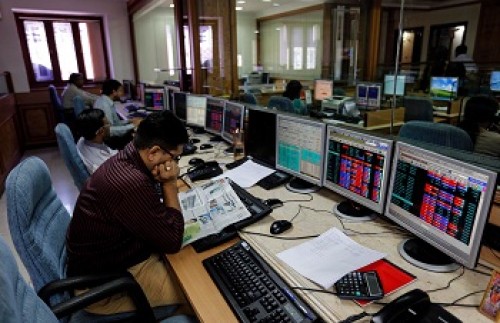


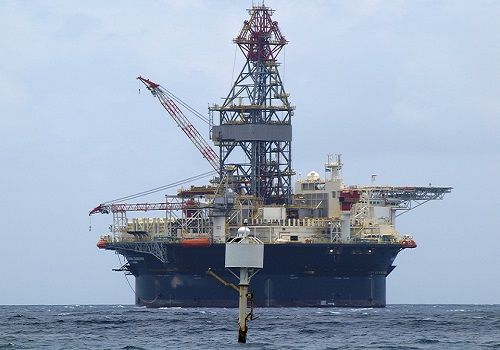

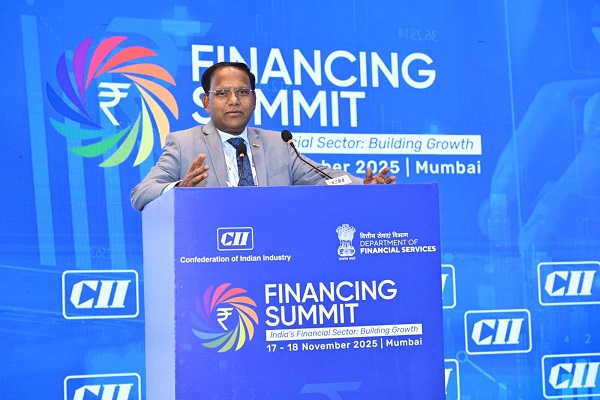

Tag News
More News
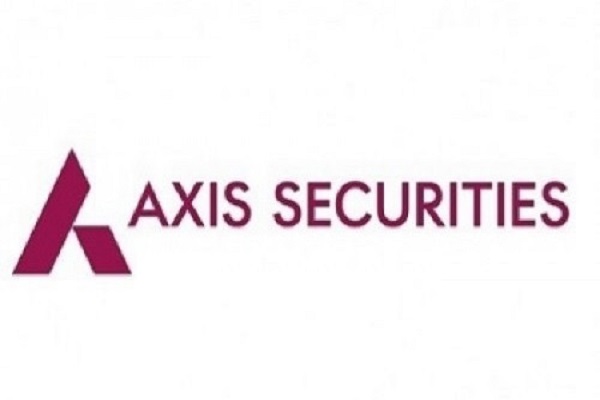
Sector Seasonality Report 08th December 2025 - Axis Securities

